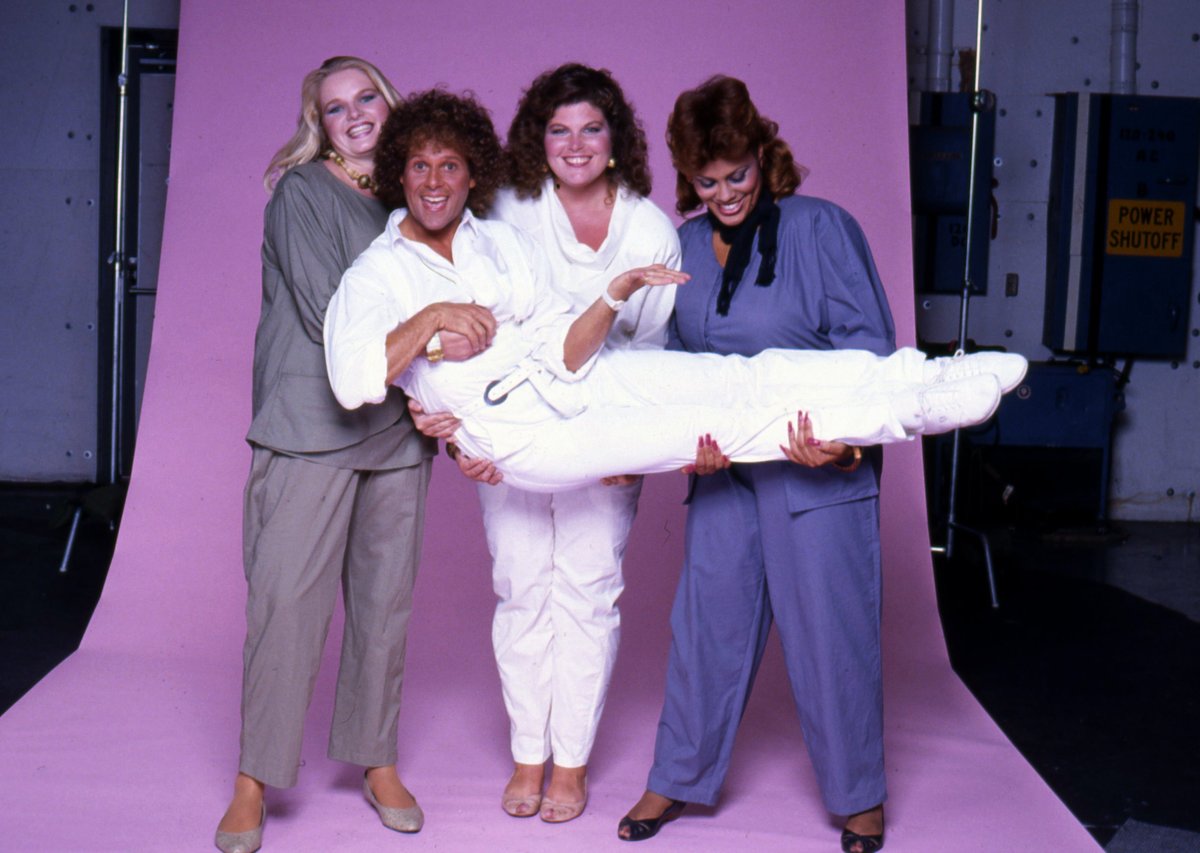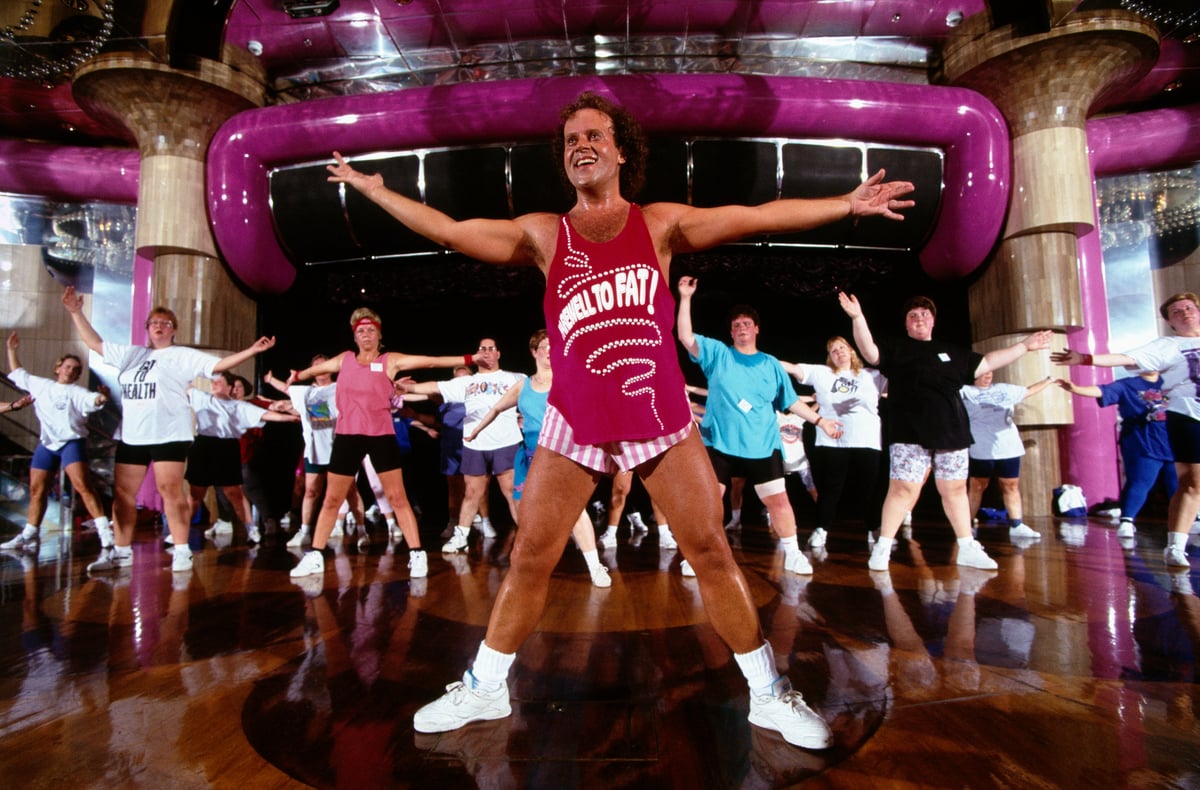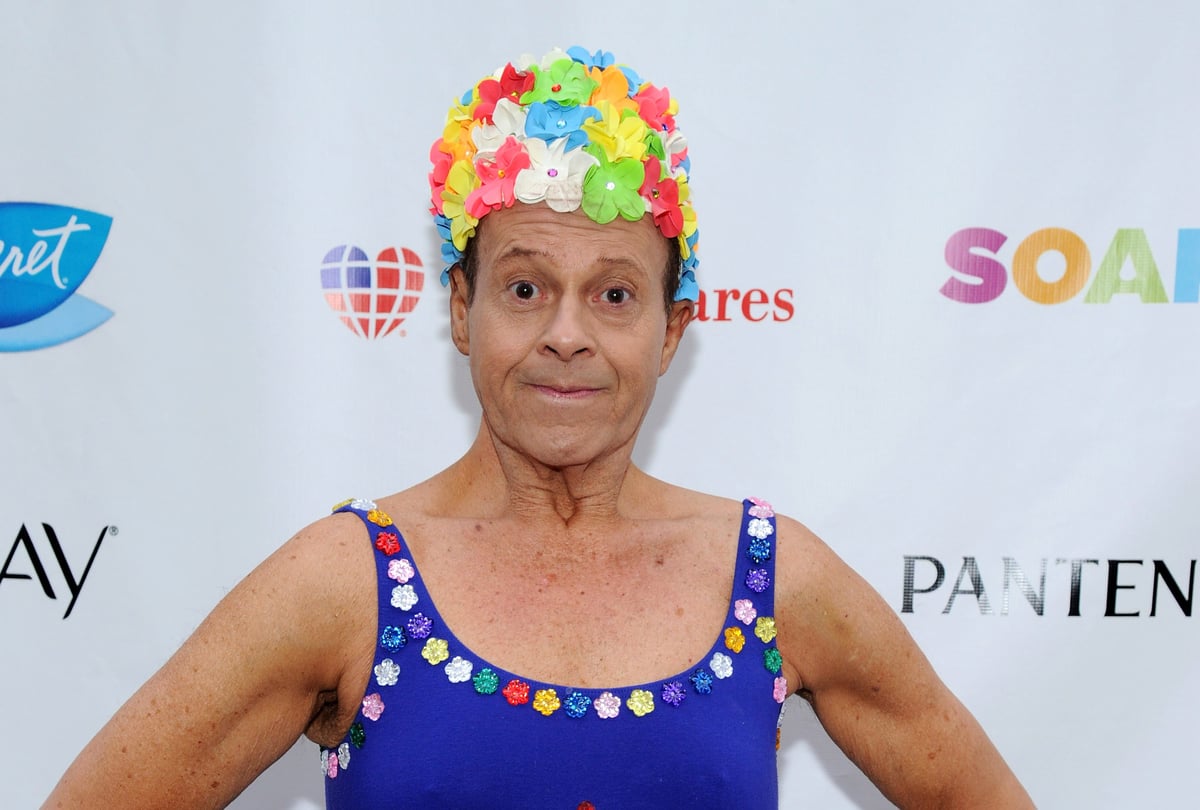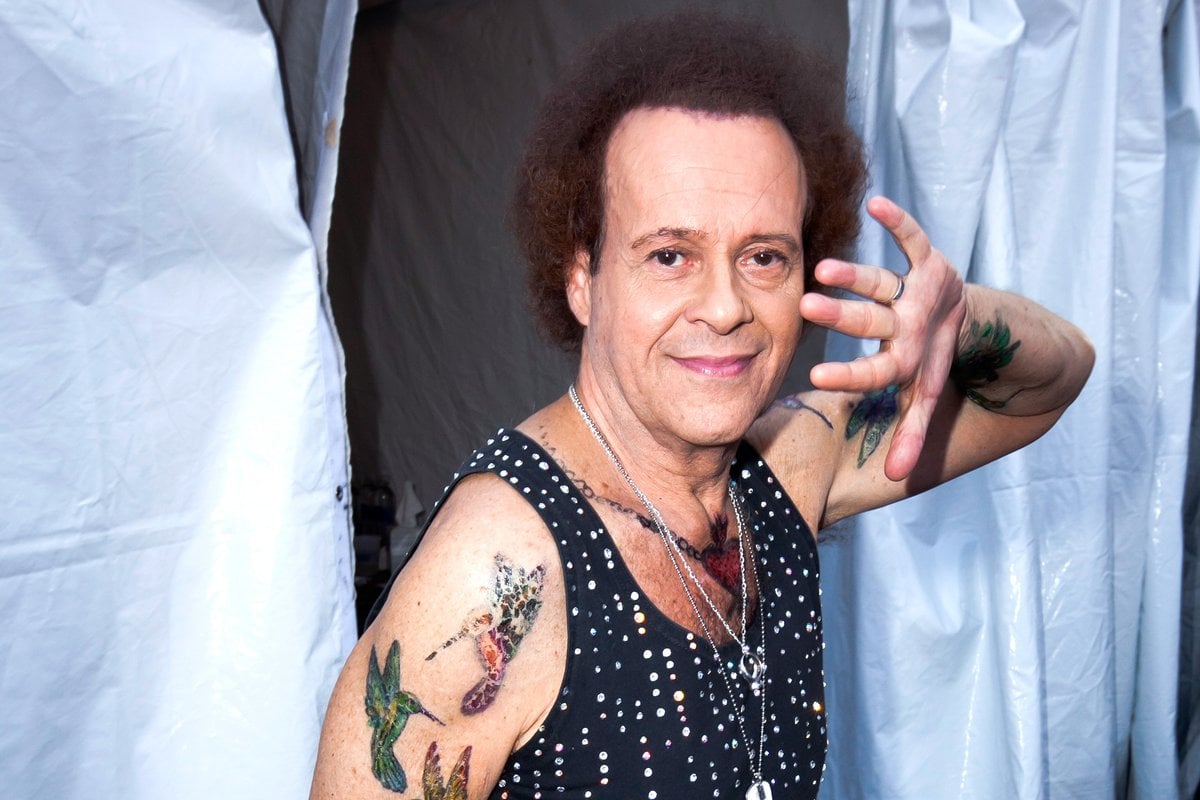
On July 13, the world awoke to the news that Richard Simmons, who built a mini-empire in his trademark tank tops and short shorts, has died, just a day after turning 76.
Los Angeles police and fire departments say they responded to a Los Angeles house where a man was declared dead from natural causes. Neither provided a name, but the address and age matches to Simmons. The star had revealed a skin cancer diagnosis in March, had lately dropped out of sight, sparking speculating about his health and wellbeing.
Simmons spoke to PEOPLE magazine in the days before his 76th birthday, joking about blowing out some candles on the day. "But the candle will probably be on a zucchini," Simmons said. "You know, I'm a vegetarian."
With his sparkly tank tops and larger-than-life persona, wasn't just a fitness instructor — he was a glittery tornado of positivity that swept through living rooms across the world.
But behind the sequins was a complex individual whose sudden retreat from public life left us all wondering, what happens when the music stops?
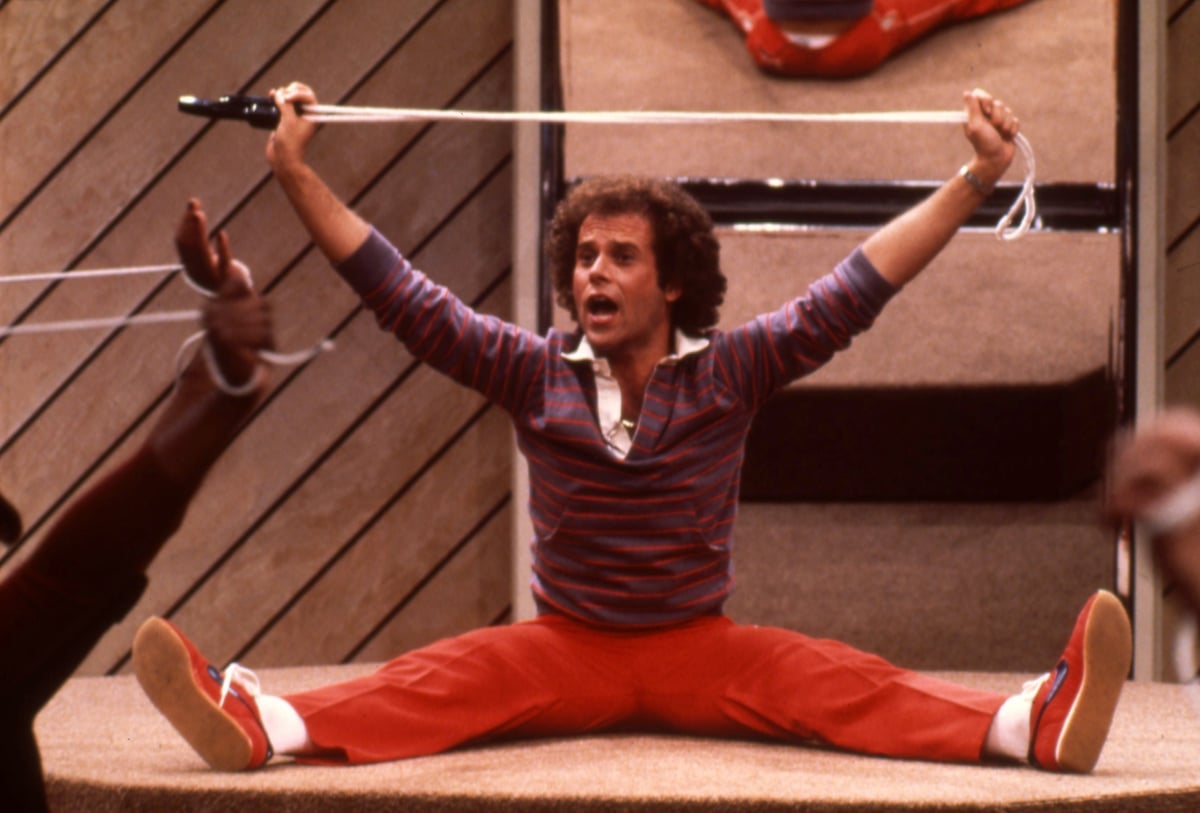 Image: Getty.
Image: Getty.


